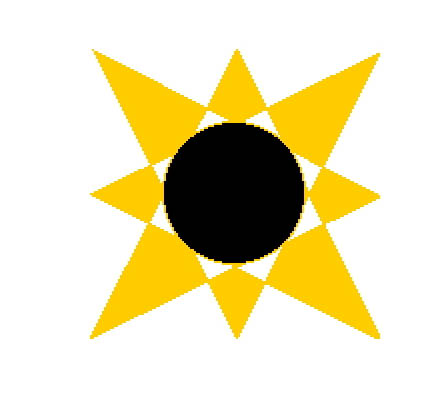|
- panspermia
-
The twentieth-century concept of microbes being transported between planets, reproducing and evolving where conditions are suitable. Also called "paleopanspermia." The observed process of the ejection of intact rocks from planets in large impact events and the survival of certain microbe spores for thousands of years in rocks lends credence to this idea, but it remained unverified at the time of the BHP. (G)
- pascal (Pa)
-
A unit of pressure named for 17th-Century French mathematician and natural philosopher Blaise Pascal (1623-1662). It is equal to one newton (N) per square meter. As the newton is a fairly small amount of force (only about 2/9 of a pound), pressures in pascals tend to be high numbers; average terrestrial atmospheric pressure at low elevations is about 100,000Pa.
"In order to show that a hypothesis is evident, it does not suffice that all the phenomena follow from it; instead, if it leads to something contrary to a single one of the phenomena, that suffices to establish its falsity." Blaise Pascal (letter to Esteinne Noel circa 1648) (G)
- pellet accelerator
-
A device, generally a coaxial linear accelerator, designed to accelerate tiny pellets of matter to very high relative velocities. Pellet accelerators, also called "beam drivers," are used to push starships up to relativistic velocities in a system first described by 20th Century Physicist C. E. Singer. (KL Chap 3)
Pellet Beam Propulsion System
- periapsis
-
The nearest point to the gravitational center in the orbit of any satellite. The suffix "apsis" may be modified to indicate a specific central body, thus perigee (Gaea=Earth), perihelion (Helios=Sun), periastron (astra=a star), etc. (G)
- photon
-
A finite and strongly localized distribution of electromagnetic wave energy (basically,light), also called a "wave packet," which has a discrete energy, wavelength and frequency. Light can only be emitted and absorbed in these discrete quantities. (G)
"In the year nineteen hundred, in the course of purely theoretical (mathematical) investigation, Max Planck made a very remarkable discovery: the law of radiation of bodies as a function of temperature could not be derived solely from the laws of Maxwellian electrodynamics. To arrive at results consistent with the relevant experiments, radiation of a given frequency f had to be treated as though it consisted of energy atoms (photons) of the individual energy hf, where h is Planck's universal constant (6.626e-35 joule-seconds). During the years following, it was shown that light was everywhere produced and absorbed in such energy quanta. In particular, Niels Bohr was able to largely understand the structure of the atom on the assumption that the atoms can only have discrete energy values, and that the discontinuous transitions between them are connected with the emission or absorption of energy quantum. This threw some light on the fact that in their gaseous state, elements and their compounds radiate and absorb only light of certain sharply defined frequencies." Albert Einstein,&npsb;"On Quantum Theory" (1940) (G)
- pion
-
A transient particle composed of a quark and an antiquark. Charged pions decay first into muons which then decay into electrons or positrons. A neutral pion is composed of a quark and its own antiquark; these quickly self-annihilate into gamma rays. (G)
- Planck, Max
-
20th-century German quantum physicist. (G)
- Planck scale
-
Also called the Planck length, this is the distance scale at which random quantum fluctuations are thought to dominate the geometry of space-time (Lp = 1.616e-35 m.). Even a neutron is huge on the Planck scale, being about 5e20 Lp. (G)
- posigrade
-
Moving, revolving or rotating in the same direction. For example, motion in the direction of the orbit of the planet is called posigrade.If a planet is rotating counterclockwise as seen by an observer, a satellite revolving counterclockwise about it is called posigrade while one revolving clockwise is called "retrograde." (G)
- Prometheus
-
In Hellenic mythology, a Titan who steals fire from heaven for the benefit of mankind. (G)
|


.jpg)
.jpg)